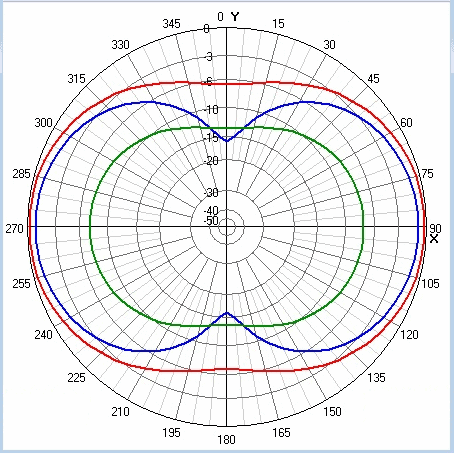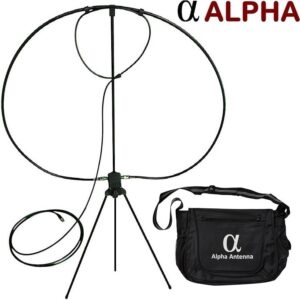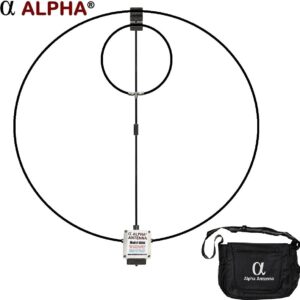If you naturally have a low noise floor with few or no devices creating RFI, then an electrical antenna can outperform a magnetic loop. As is often the case, however, many times signals can’t be heard on an electrical antenna that can heard with a MagLoop (magnetic loop). Why?
Signal to Noise Ratio
SNR, or Signal to Noise Ratio, examines the technical aspects to the electrical side of an antenna’s (Electromagnetic) RF Field. SNR does not usually consider the impact on performance due to other practical and technical aspects when using a MagLoop. A magnetic loop or MagLoop is an antenna will primarily use the magnetic component of the electromagnetic field. The impact on the low noise capability is often very significant while using the magnetic component of the RF Field. Conversely, Dipoles, Yagis, Verticals, etc., primarily respond to the electrical component of the RF electromagnetic Field. This is why electrical antennas often have high noise floors.
MagLoop Performance
So, you may wonder; What is the performance of a Magnetic Loop or MagLoop antenna like? First, these antennas will provide Low Noise Level Receive. Loops accomplish this by limiting the electrical noise received from near-field RFI (Radio Frequency Interference) devices.
Considerations when operating
Consider what happens when two stations are using magnetic loops to communication with each other. You now have two antennas that both primarily use the magnetic component of the electromagnetic field. This enables you to more easily hear signals from both sides of the QSO. After all, when listening to QSOs, it is often impossible or at least difficult to hear both operators clearly. Again, a MagLoop can enable this to occur more effectively.
MagLoop or Magnetic Loop antenna SNR
From a technical aspect, this is where SNR begins to provide engineers with a clear understanding that an electromagnetic pattern is only one of the indicators to consider when discussing performance. SNR defines performance for the sensitivity of radio communications equipment, particularly at High Frequencies (HF).
Also See: Maximizing magnetic loop efficiency for any MagLoop antenna



